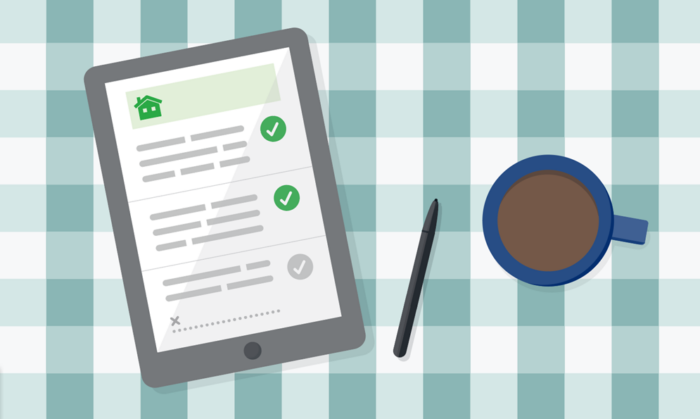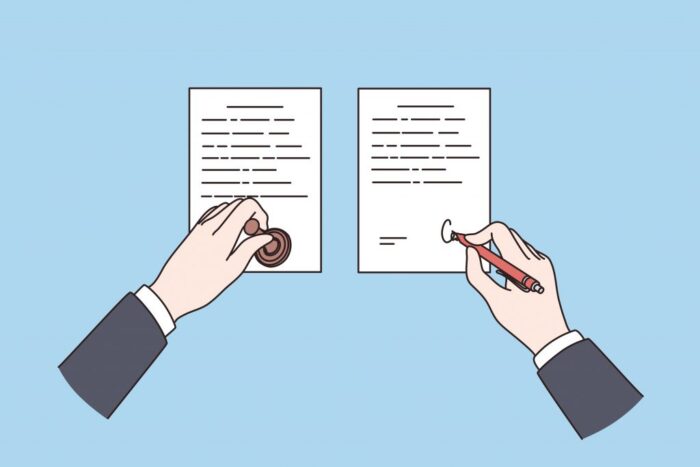
The mortgage sector has been on the verge of a digital transformation for some years. While the COVID-19 pandemic may have accelerated the introduction of digital mortgage procedures, the primary motivation was pressure from borrowers for a rapid, frictionless, transparent experience.
Although lenders’ technological efforts are primarily focused on the front end of the mortgage procedure, many lenders have digitized at least some portions of their closing.
Adopting the correct solutions to enable an end-to-end digital mortgage, from online application to e-Closing, may help to build a customer-focused ecosystem while increasing competitiveness and efficiency.
An Overview of e-Closing
An e-Closing is a mortgage closing in which the whole process is conducted electronically, including the loan package being digitized, eSigned, and eNotarized.
Since everything is completed digitally, the closing appointment can be in person or remotely via audiovisual technology. When the relevant paperwork is finished, they are electronically sent to and registered by the county, a process known as eRecording.
Benefits of Using e-Closing
When lenders use digital closing choices to modernize the closing process, they communicate that the client experience is important. Consumers benefit from e-Closing because it allows them to finish the procedure from home or wherever they are, eliminating the need to change their calendar to accommodate an office visit.

What was formerly a time-consuming procedure with several hoops to jump through is now just another step in a seamless, efficient encounter. Effective platforms empower customers by allowing them to select their preferred closing method. Also, this unified platform delivers a uniform, smooth experience from application to closing.
How to Select the Ideal e-Closing Platform
Mortgage lenders should select a best-in-class e-Closing platform that includes all the components required to complete loans and easily demonstrates compliance with simple access to borrower data and a secure audit trail with specific timestamps.
An efficient e-Closing platform should have all of the following features:
1. eSignature Solution
Support for eSignatures simplifies and speeds up the e-Closing process while providing a legally legitimate method of signature authentication. Premium closing solutions enable mortgage lenders to offer a personalized, branded signature solution that speeds up e-Closings, lowers operating costs, and delivers a more efficient e-Closing experience.
Moreover, it offers frictionless signing experiences on all digital devices, such as personal computers, tablets, and mobile devices. All closure situations, from in-person digital to distant digital and email, may be safely enabled with eSignature.
2. Remote online notarization (RON) interfaces

A built-in RON hub assists lenders in streamlining closings by utilizing digital mortgage technology to complete the notarial procedure when parties are not in the same physical place as the notary.
With RON, the notary interacts with the borrower via live videoconferencing and notarizes the documents virtually. This method meets the regulatory compliance requirements for papers, including recording the deed of trust.
3. Closing adaptability
A successful platform supports all closing scenarios, from paper to hybrid to contactless and e-Closing, offering settlement agents maximum flexibility to ensure borrowers have a positive customer experience.
4. eNote development
An eNote is a legally binding digital promissory note that certifies mortgage asset ownership. Your eNote solution should offer an auditable and tamper-proof digital chain of custody.
An eNote’s digital asset certainty enables lenders to demonstrate that the digital mortgage meets all Safe Harbor requirements and is legally enforceable under laws like the Uniform Commercial Code (UCC) Section 9-105 and Uniform Electronic Transactions Act (UETA).

Additionally, eNote technology allows a remote and contactless digital loan experience that is fast, accurate, data quality, and transparent. The advantages of switching from paper to eNotes are enormous, particularly in light of the digital loan situations that occurred during the epidemic.
5. e-Closing room
On a single platform coupled with best-in-class suppliers, intuitive settlement agent software enables collaborative e-Closing operations and expedited closing day execution. An effective platform’s remote pre-closing and closing day features allow settlement agents to complete more closings faster and with more income potential.
Forward-thinking lenders recognize that an end-to-end digital mortgage strategy is now a competitive need, and they are taking the essential steps toward full digitalization.
Although some lenders’ digital adventures began as a sink-or-swim response to the pandemic, e-Closing is swiftly becoming business as normal for lenders seeking a competitive edge and market expansion.















